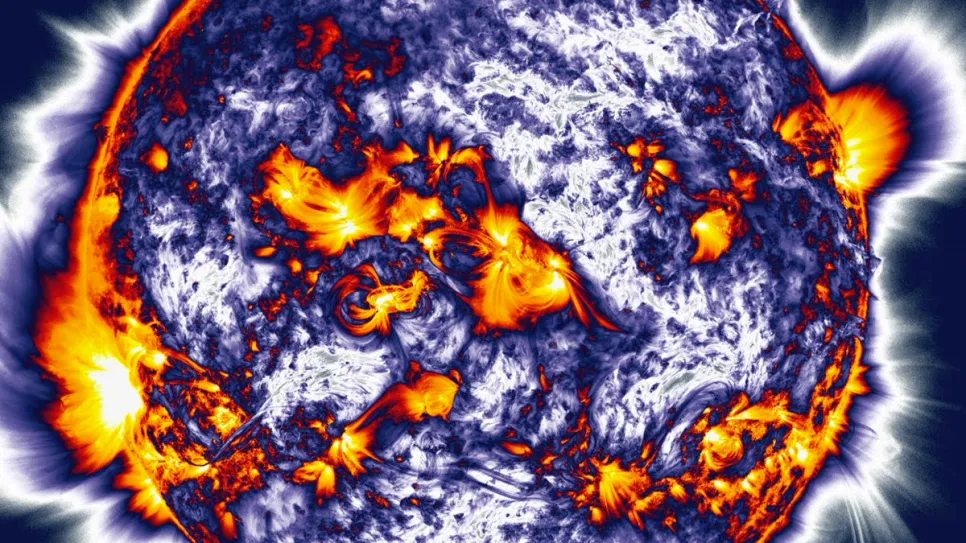OpenAI Announces ChatGPT-Powered Browser
OpenAI launched Atlas, a new AI-powered browser designed to integrate ChatGPT directly into everyday web use.

IBM and NASA unveiled the most advanced open-source foundation model designed to understand high-resolution solar observation data and predict how solar activity affects Earth and space-based technology. Surya, named for the Sanskrit word for the Sun, represents a significant advancement in applying AI to solar image interpretation and space weather forecasting research, providing a novel tool to help protect everything from GPS navigation to power grids to telecommunications from the Sun's ever-changing nature.
The Sun's impact on modern life is immediate and growing. Solar flares and coronal mass ejections can knock out satellites, disrupt airline navigation, trigger power blackouts, and pose serious radiation risks to astronauts. With humanity's increasing dependence on space-based technology and plans for deeper space exploration, accurate solar weather prediction has become critical.
As humanity's technological dependence grows, so does our vulnerability to space weather. According to a systemic risk scenario created by Lloyd's, the global economy could be exposed to losses of $2.4 trillion over five years, with the expected loss of $17 billion from the threat of a hypothetical solar storm. Recent solar events have already demonstrated the risk, disrupting GPS services, forcing flight diversions, and damaging satellites. The effects of solar storms can cause damage to satellites, spacecraft and/or astronauts that are stationed beyond Earth, loss of satellite hardware, damaging solar panels and circuits, impact to airline travel, due to navigational errors and potential risk of radiation for airline crew and passengers, and lower food production as agriculture can be impacted by disrupted GPS navigation.
The implications include both academic research and operational preparedness. The new model will provide tools to help experts plan for solar storms, which can disrupt the Earth's technological infrastructure. "Think of this as a weather forecast for space," said Juan Bernabe-Moreno, Director of IBM Research Europe, UK and Ireland. "Just as we work to prepare for hazardous weather events, we need to do the same for solar storms. Surya gives us unprecedented capability to anticipate what's coming and is not just a technological achievement, but a critical step toward protecting our technological civilization from the star that sustains us."
Traditional solar weather prediction relies on partial satellite views of the Sun's surface, historically making accurate forecasting extremely difficult. Surya addresses this typical limitation by training on the largest curated high-resolution heliophysics dataset. This dataset is designed to help researchers better study and evaluate critical space weather prediction tasks. Examples of these tasks, which Surya has been tested on, include predicting solar flares, the speed of solar winds, solar EUV spectra prediction, and the emergence of active regions on the Sun.
In early testing, researchers report achieving a 16 percent improvement in solar flare classification accuracy, which researchers report as a very substantial improvement compared to previous methods. In addition to the binary solar flare classification task, Surya is built to visually predict solar flares for the first time, providing a high-resolution image of where the flare is predicted to occur up to two hours out. Surya is part of a broader effort at IBM to embrace generative and automated approaches that empower algorithms to be discovered, tested, and evolved at scale.
This model is part of a larger collaboration between IBM and NASA to use AI technology to explore our planet and solar system. It joins the Prithvi family of foundation models, which includes a geospatial model and a weather model. Last year, IBM and NASA released the Prithvi weather model on Hugging Face for scientists and the broader community to develop short- and long-term weather and climate projections.